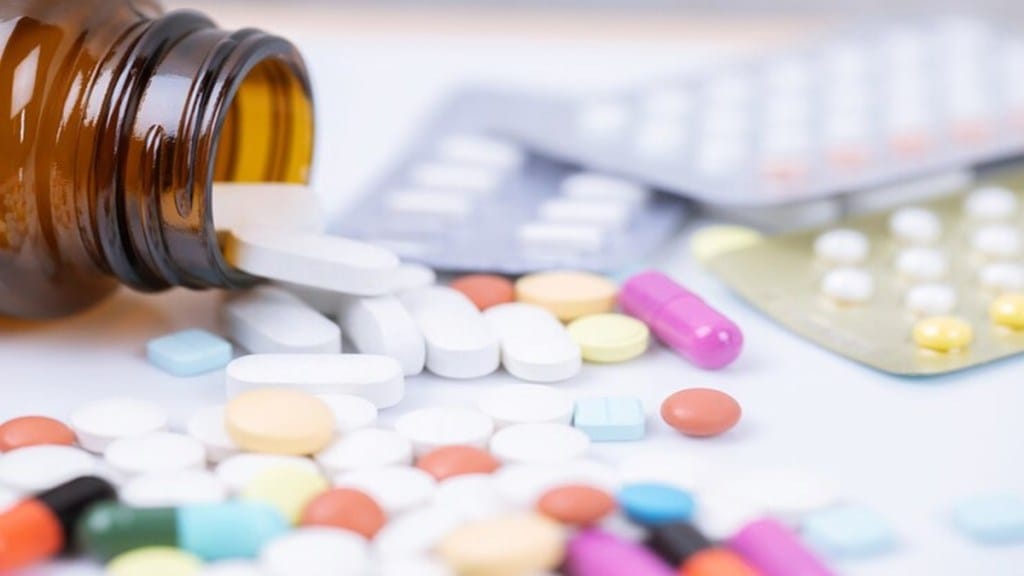Despite the US tariff threat and regulatory headwinds, India’s pharmaceutical exports could double to $65 billion by 2030, owing to a combination of strategies including a thrust to advanced therapeutic areas and complex generics, according to Rubix Data Sciences.
“From strategic acquisitions by Indian contract development and manufacturing organisations (CDMOs) in the US and Europe to the increasing share of complex generics in their product mix, Indian companies are proactively mitigating external risks,” it said.
Trump’s tariff threat
US president Donald Trump has threatened to impose 200% tariffs on pharma imports as part of his protectionist trade agenda. The move is likely to hurt Indian drugmakers as the US is their largest export market with 32% share in overall shipments.
Rubix noted that the domestic pharma companies are also entering advanced therapeutic areas like oncology, anti-diabetics, and the central nervous system to gain a bigger share in key markets. “India can potentially secure a position among the top five nations in export value by 2047 by innovating and diversifying its export basket to include speciality generics, biosimilars, and innovative products,” the agency said.
Meanwhile, it is estimated that small-molecule drugs worth $63.7 billion are set to lose exclusivity between 2025 and 2029. As this major wave of patent expirations happen over the next four years, there will be a surge in generic drug launches by Indian drugmakers, particularly by those with expanding US operations and expertise in complex generics.
“Companies like Alembic Pharmaceuticals and Shilpa Medicare, which have smaller US footprints, as well as Cipla and Lupin, which have made early investments in differentiated products, such as injectables and respiratory therapies, are especially well-positioned to capture additional market share,” Rubix said.
Indian pharma export
Over the past two years, the India pharma sector has demonstrated significant improvement in regulatory compliance with instances of violations flagged by the US Food and Drug Administration under the Official Action Indicated (OAI) status dropping to 11%, down from 23% in 2014. This is especially noteworthy because while the global average of OAI classifications rose to 14% in 2024, India’s rate decreased, which highlights the industry’s efforts to enhance quality control and align with international regulatory standards.
In FY25, Indian pharma exports reached $30.5 billion, registering a 9.3% jump from the previous year.

